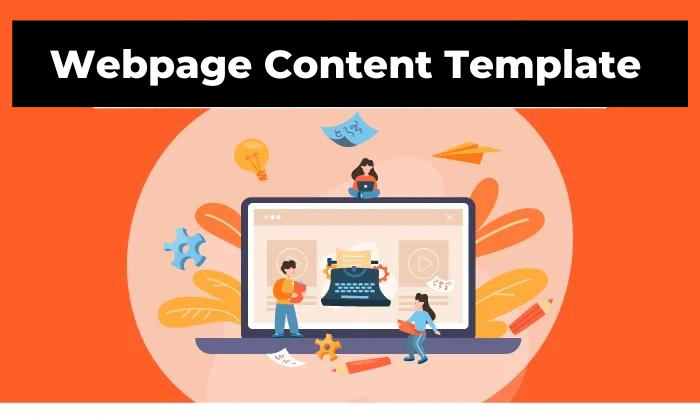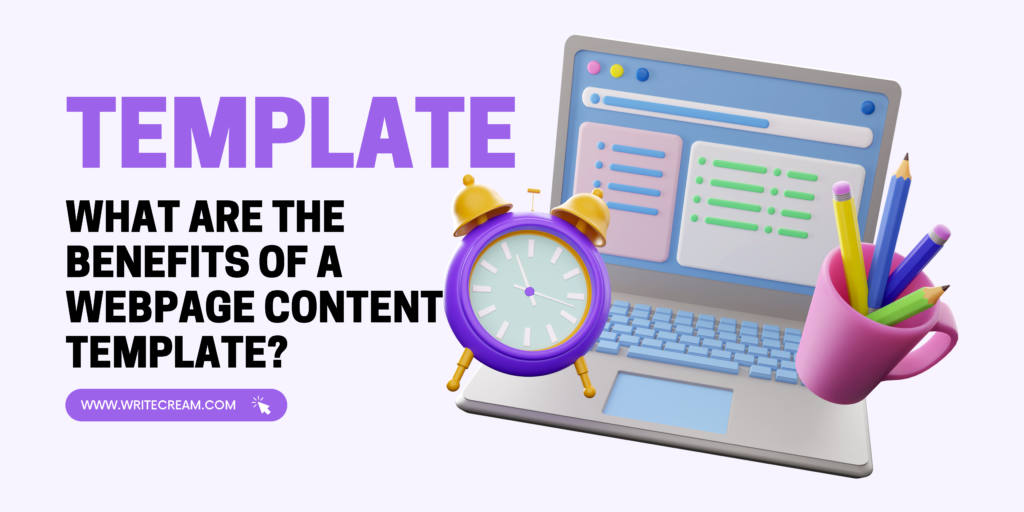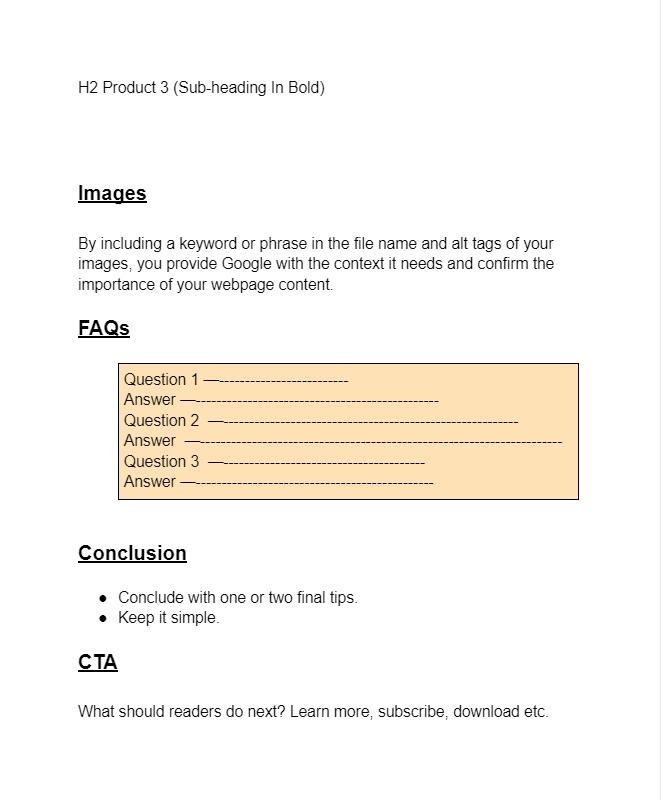Webpage Content Template
Although some businesses have excellent site writers on staff, most don’t. A new web page needs content, which you must create. For some marketers, this starts countless discussions about the content you need to create with engineers, senior management, or even clients. Isn’t it better to simplify this process? This is where a webpage content template can help. When we give in and hand over control of the content to the customer, we at least want to ensure they have a template that offers them an opportunity to create engaging website content. Using a website content template has several advantages. They help you turn your dream site into a reality, whether creating a virtual portfolio, starting a blog, or launching an online store. Here’s a Webpage Content Template to better understand the subject better.
What Is A Webpage/ Website Content Template?
Webpage content templates are pre-designed layouts. They allow you to arrange content on a webpage to create a simple but attractive website. To customise the template, you can drag and drop elements such as image blocks, photo galleries, logos, etc. What is the best aspect of it? No coding knowledge is necessary when using a website template to build a gorgeous website tailored to your brand’s requirements.
What Are The Benefits Of A Web page Content Template?
Writing content for a website is unlike writing any other type. Using a webpage content template is a simple and efficient way to create the content you require without becoming bogged down or focused on details that may or may not be relevant. They facilitate a content-first approach by having everything written and ready to hand off to a developer. They give your developers the clarity they need to insert the content you’ve created into the webpage without asking for it repeatedly. It also assists you and your marketing team remain consistent, resulting in more pages being published on time. Furthermore, they make it simple for writers to send content back and forth for editing review.
Webpage Content Template
Although building a website from scratch could seem rather difficult, a template can be a useful starting point. Keep in mind the general nature and goal of your website. The key elements that will enable you to make your website stand out from the competition are listed below.
1. Set Specific Webpage Goals
You might believe that all websites strive to publish content online. While it is essentially accurate, not all companies have the same objectives in mind when customers visit their websites. Tell visitors and customers about your company’s mission and value propositions. Or actively generate leads for your sales team so you can inform your consumers about the purpose of your webpage.
2. Know Your Target Audience
It would be great never to lose sight of your audience when writing. Target audiences are focused on a particular demographic. These can be adults, adolescents, kids, or males. Usually, they have a lot of things in common, such as a love of reading, running, or soccer. Personas can assist advertising in researching relevant magazine titles or trade journals. Your target market may be more general or specialised, depending on your sales. Going beyond studying your target market’s demographics to comprehending their function in purchasing is crucial in comprehending your target audience.
3. Explore the Existing Table of Contents
There is still existing content you may use, such as your goal and vision statements, marketing brochures, or pitch decks, even if you are developing the first website for your firm. You have even more options if you’re redesigning an existing website. Examine what is already there to see what you like and what you would change. Although it’s a great place to start, you might not want to use the previous copy exactly as is. Depending on your company, some of these content formats are more efficient than others. It all comes down to the tastes and preferences of your audience.
4. Create a sitemap
An index of all the pages on a website is called a sitemap. “Extensible markup language,” also known as XML, displays data on a website. Once you’ve examined the current material and identified any gaps, you may make a sitemap. This is a plan for every page and subpage you wish to have on the website and the content details it will include. You might even start working on a rough design at this time or ask your web developer to submit wireframes so you can see the layout.
5. Build Your Content
Finding a fresh topic to write about, selecting the format you want the content to take, formalising your approach (whether it involves keywords or not), and producing the material are all steps in the content creation process. Aim for a word count that is half or less of whatever source material you use. Don’t forget to use high-value keywords and compelling headlines for simple scanning.
6. Create and Upload Content
You may upload and format your web material yourself, or you can hire a web developer or content development company to do it for you. Ensuring text appears good is only one aspect of formatting. All the headings should be formatted properly for search engines, and images and metadata should be optimised.
Conclusion
I’ve covered all the information you need about the webpage content template in the sections above. Also, very little coding knowledge is needed to develop a website that looks professional and aesthetically attractive because most templates are made with simplicity and convenience. However, website templates might still be a good choice to work with for individuals who do have coding skills. You can still access the website’s core code while utilising a template to edit the default template or make your own.







